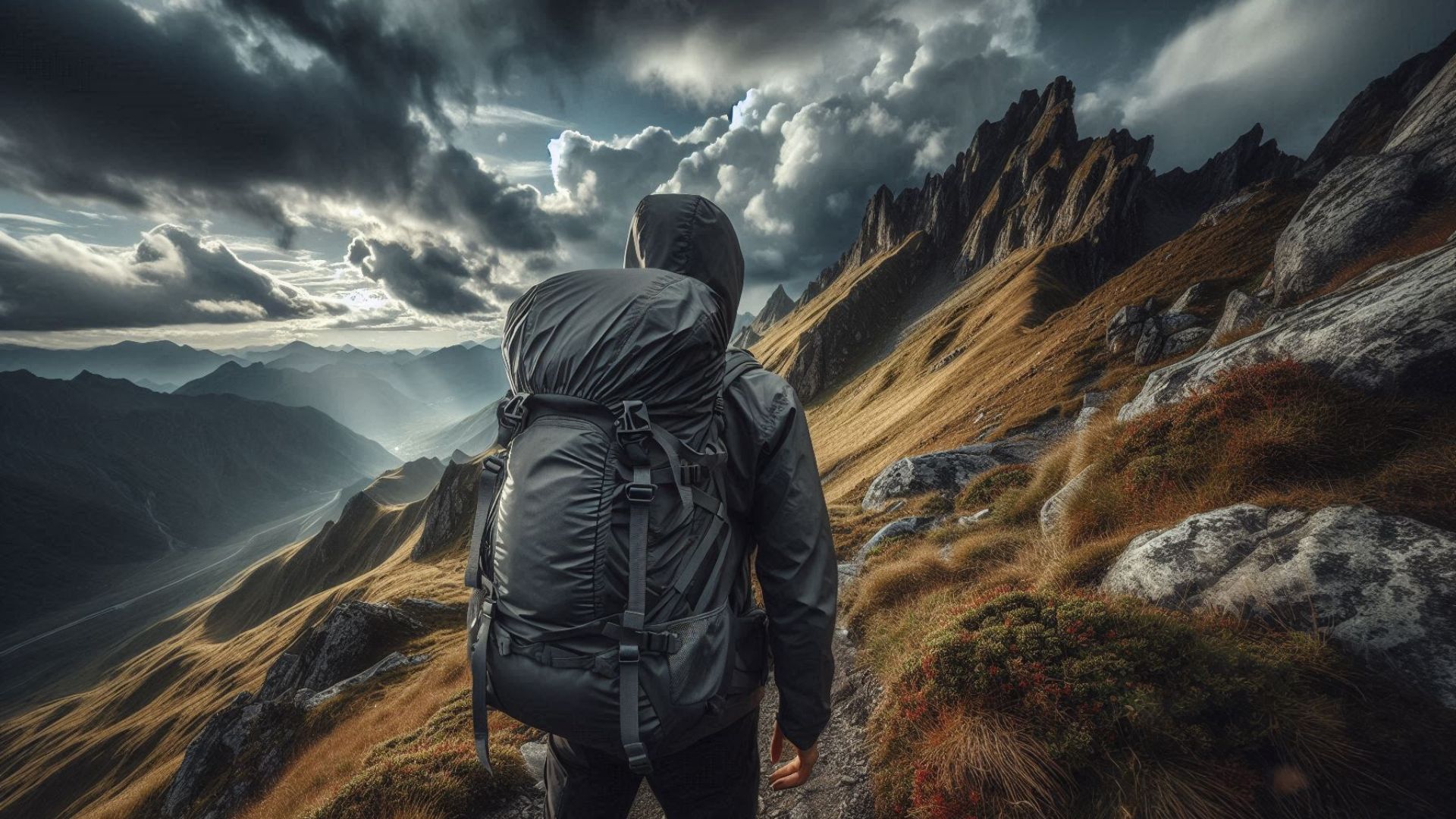Trekking and mountaineering can get pretty expensive — mainly because of the gear you need. And trust me, good quality gear makes all the difference.
From my experience, using reliable gear can save you from a lot of trouble. Cheap or worn-out gear often leads to injuries or makes your trek uncomfortable.
Most trekkers see gear as a long-term investment. Here’s what some of the basic items usually cost:
- Backpack – ₹4,000 to ₹5,000
- Trekking shoes – ₹5,000
- Two anti-shock hiking poles – ₹4,000
- Padded jacket – ₹2,500
- Down jacket – ₹6,000
Yeah, not exactly pocket change.
That’s why it’s super important to take good care of your gear. If you maintain it well, it’ll last you for years — and you won’t have to keep spending before every trek.
To help with that, I’ve put together a series of tips on how to maintain your trekking gear. Let’s start with one of the most important pieces — your backpack.
Your Backpack Is Your Best Friend on a Trek
Seriously, your backpack carries everything you need and protects your stuff from rain, snow, and dirt. It also helps spread the weight evenly across your body so your shoulders and back don’t take all the strain. It literally has your back!

I always make sure to take extra care of my backpack. Here are a few simple tips to make it last longer:
1. Store It the Right Way
The most important parts of your backpack are the back-padding and shoulder straps — these stay in contact with your body and absorb all the movement and shock.
Without proper padding, your shoulders will be in pain. So these parts need extra care.
But I often see trekkers drop their bags with the padded side facing the ground as soon as they reach camp. I get it — you’re tired. But this damages the padding. Rocks can scrape it, dirt gets into it, and the weight pressing down on it can ruin the shape.
The right way? Lay your backpack down with the front side on the ground, or lean it against a wall or tent with the front facing out.
When you get home, don’t toss it at the bottom of your wardrobe and forget about it. Store it separately in a clean, dry place so it doesn’t get squished or buried.
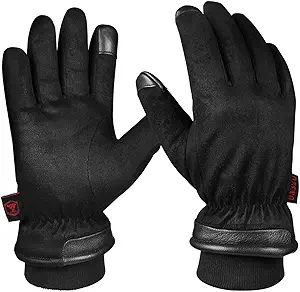
OZERO Waterproof Winter Gloves for Men Women
Essential for cold-weather trips, these gloves keep your hands warm and dry while offering touchscreen compatibility and excellent grip—ideal for extreme environments.
Also Read: What is the Best Adventure Backpack for Off‐Road Travel?
2. Don’t Offload Your Backpack
The moment you hand over your backpack to a porter or mule, you lose control over how it’s treated.
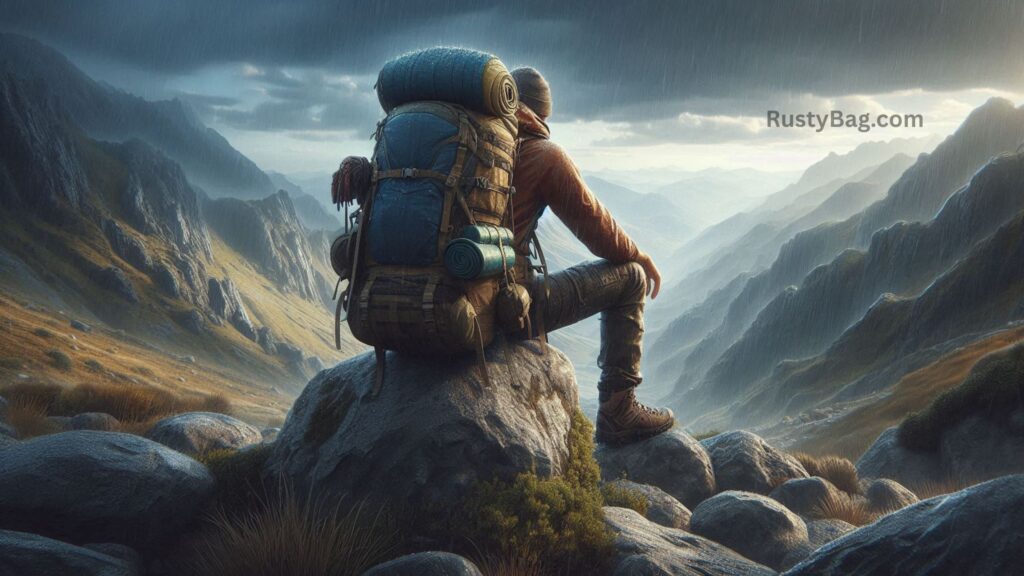
Porters often tie up multiple bags with ropes. Mules carry bags while bumping into rocks or getting scratched by tree branches. Even if they’re covered with a sheet, bags still get damaged — especially the back padding.
To avoid this, I highly recommend training yourself to carry your own backpack. While preparing for your trek, practice carrying your packed bag up stairs to build stamina.
(You can also check out my article with tips on how to carry your backpack more easily.)
3. Always Use a Rain Cover — Even When It’s Sunny
Yes, even on clear days!
Every backpack has a water-resistant coating. But if it’s exposed to direct sunlight for too long, that coating can wear off.
A rain cover not only protects against water but also keeps thorns, twigs, and dust away while trekking through forests.
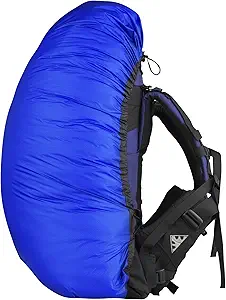
Sea to Summit Ultra-Sil Lightweight Waterproof Backpack
Lightweight and waterproof, this rain cover protects your entire pack during heavy downpours.
Also Read: Which Features are essential in an Adventure Travel Bag?
4. Use Two Rain Covers During Travel
Backpacks are often more at risk during transport than on the trek itself.
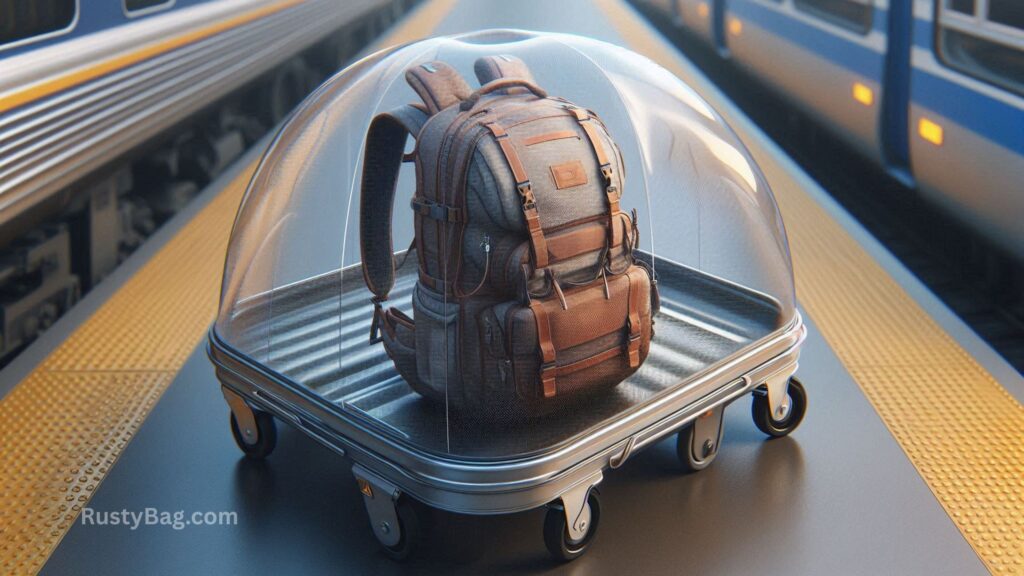
When you travel by bus or car, bags usually get tied to the roof. The roads are dusty, bumpy, and full of sharp turns. That can seriously mess up your bag — especially the padding.
I recommend using two rain covers when traveling: one for the front and one for the back of the bag. This helps keep everything clean and protected.
5. Loosen the Straps Before Storing
The shoulder and hip straps on your backpack are curved to fit your body comfortably. But after days of use, they stay in that curved shape and can lose flexibility.
When you get back from your trek, loosen the shoulder and hip straps before storing the bag. This helps the straps retain their shape and last longer.
If your backpack has detachable straps, you can even remove them completely before storing.
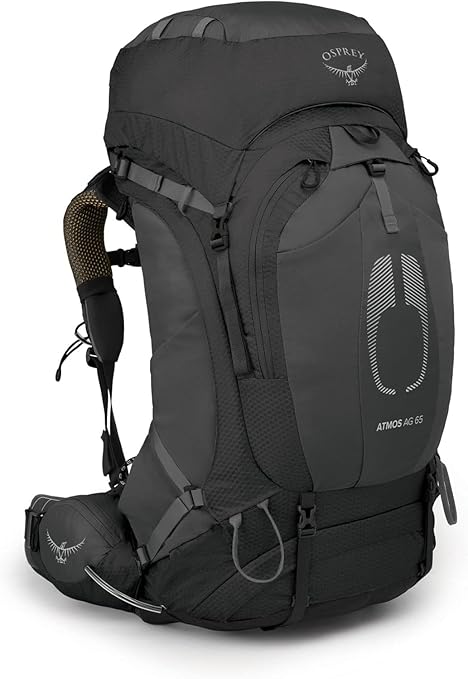
Osprey Atmos AG 65L Men’s Backpacking Backpack
This top-rated pack offers excellent weight distribution, ventilation, and weather resistance.
Also Read: Is a Hydration Pack a Necessary Addition for Long Hikes?
6. Clean Your Backpack the Right Way
Cleaning your backpack after every trek is a great habit — it keeps dirt from building up and makes it easier to maintain.

Here’s how I clean mine:
- First, remove the metal frame if it’s detachable.
- Use a soft cotton cloth — don’t scrub hard or use rough brushes.
- Avoid strong detergents. They can damage the water-repellent layer.
I personally use Nikwax Cleaners, which are made especially for trekking gear. You can buy them online for around ₹1,700–₹2,200. They’re worth it, especially if you want to clean your jackets and other gear too.
Once you wash it, dry it in the sun — but not for too long. 2 to 3 hours is enough. Prolonged exposure can damage the fabric.
Taking care of your gear doesn’t take a lot of effort, but it can save you a lot of money and hassle in the long run. Start with your backpack — your most loyal trekking companion — and the rest will follow!

